Community Health Volunteer Benard knows first hand the importance of finding sustainable sources of nutrition. Benard, who works with CPIEM in Zambia, spoke about some of the barriers the chiefdoms face in establishing reliable and sustainable sources of nutrition to community members, particularly those with or affected by HIV. While the parish provides food once a week to its members, more food is needed.
One very important source of both nutrition and income are caterpillars. They are harvested once a year and are a cheap and substantial source of protein. However, the process of catching the caterpillars requires long days in the field, and is therefore limited to healthy individuals. Sometimes this means that children have to leave school for the caterpillar season.
Benard noted that chicken and goats would address this challenge by providing sustainable nutritional support for those affected by HIV, which would allow more adults to take part in the caterpillar harvest, and allow more children to stay in school.
Benard is one of a team of volunteers working to train HIV-positive and HIV-impacted mothers in proper nutrition to help improve the health of women and children in Mpika, Zambia. Benard works through CAP Network partner CPIEM as part of our participation in the SANI Twinning Initiative. With CPIEM, Benard and his fellow volunteers are also helping to facilitate women in development consistent sources of key nutrients, including protein.
What the research says
Raising livestock not only has benefits of a financial nature, but also may serve many other social and livelihood household needs.
First, livestock provide cash and in-kind income through the sale of animals and/or the sale and/or self-consumption of milk, meat, eggs and other animal products.
Second, livestock are a form of savings and insurance, as the sale of animals provides immediate cash to deal with significant or unexpected expenditures (for example, school or medical fees).
Third, livestock provide manure, draft power and transport services, which can be used by the household or exchanged on the market.
Fourth, being a source of wealth, livestock contribute to social status and facilitate access to financial services.
Finally, because some livestock can be kept close to the village and require few labor inputs, such as a small flock of poultry birds, these can be tended by women while they are also managing other time-consuming activities (for example, cooking or child care), thereby falling under their control and providing some degree of empowerment.
Food and Agriculture Organization, “Business and Livelihoods
In African Livestock”
This twinning project is part of the Southern African Nutrition Initiative . SANI is undertaken with the financial support of the Government of Canada provided through Global Affairs Canada.


